Moving kitchen sink drain in slab - will house vibrate much?
brownli
17 years ago
Featured Answer
Sort by:Oldest
Comments (16)
jason1083
17 years agosombreuil_mongrel
17 years agoRelated Professionals
Lebanon Home Remodeling · Hemet Kitchen & Bathroom Designers · Redmond Kitchen & Bathroom Designers · Glendale Kitchen & Bathroom Remodelers · Lakeside Kitchen & Bathroom Remodelers · Upper Saint Clair Kitchen & Bathroom Remodelers · Ames General Contractors · Beloit General Contractors · Greensburg General Contractors · Kilgore General Contractors · Montclair General Contractors · Oxon Hill General Contractors · Saint George General Contractors · University City General Contractors · West Mifflin General Contractorsbrownli
17 years agorotag
17 years agopjb999
17 years agorotag
17 years agolenl
17 years agobrownli
17 years agolcln85_verizon_net
16 years agobrownli
16 years agobrownli
16 years agoucleanne
16 years agoJanis_G
16 years agosierraeast
16 years agosierraeast
16 years ago
Related Stories
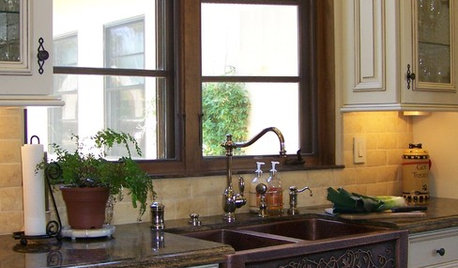
KITCHEN DESIGN8 Stylish Sink Types for Kitchens of All Kinds
Choose the wrong sink and your kitchen renovation efforts may go down the drain — these sinks will let you clean up in the style department
Full Story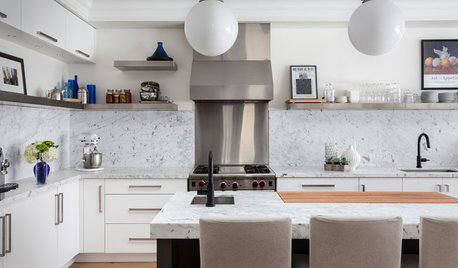
KITCHEN BACKSPLASHESWhy You Should Embrace a Solid Slab Backsplash
The effect is stunning, and yet the cost can be minimal. Here’s what to know about using full slabs of stone in your kitchen
Full Story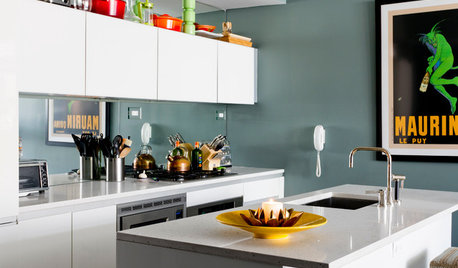
SMALL KITCHENS12 Genius Design Moves for Small Kitchens
These space-enhancing tricks can make compact cooking zones look and feel larger
Full Story
SELLING YOUR HOUSEA Moving Diary: Lessons From Selling My Home
After 79 days of home cleaning, staging and — at last — selling, a mom comes away with a top must-do for her next abode
Full Story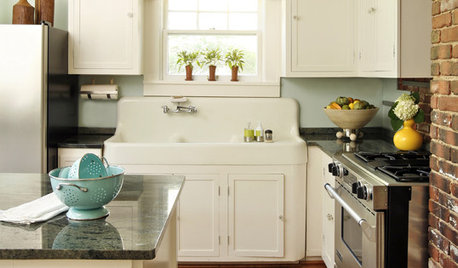
KITCHEN DESIGNTap Into 8 Easy Kitchen Sink Updates
Send dishwashing drudgery down the drain with these ideas for revitalizing the area around your kitchen sink
Full Story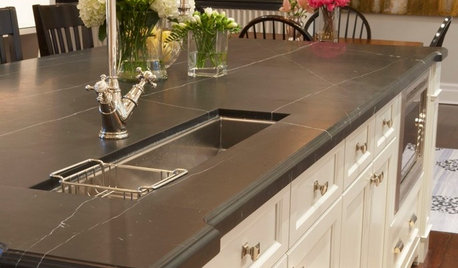
KITCHEN DESIGN8 Good Places for a Second Kitchen Sink
Divide and conquer cooking prep and cleanup by installing a second sink in just the right kitchen spot
Full Story
MOST POPULARHow to Choose the Right Kitchen Sink
Learn about basin configurations, sink shapes, materials and even accessories and specialty sinks
Full Story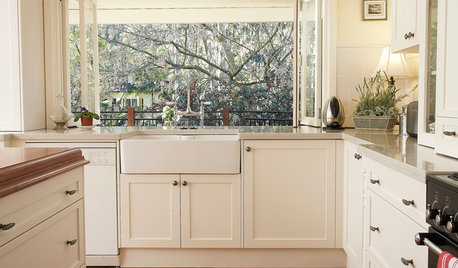
KITCHEN SINKSEverything You Need to Know About Farmhouse Sinks
They’re charming, homey, durable, elegant, functional and nostalgic. Those are just a few of the reasons they’re so popular
Full Story
REMODELING GUIDESShould You Remodel or Just Move?
If you're waffling whether 'tis better to work with what you've got or start fresh somewhere else, this architect's insight can help
Full Story
MOVING10 Rooms That Show You Don’t Need to Move to Get More Space
Daydreaming about moving or expanding but not sure if it’s practical right now? Consider these alternatives
Full Story





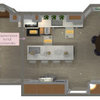
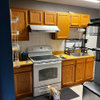


brownliOriginal Author